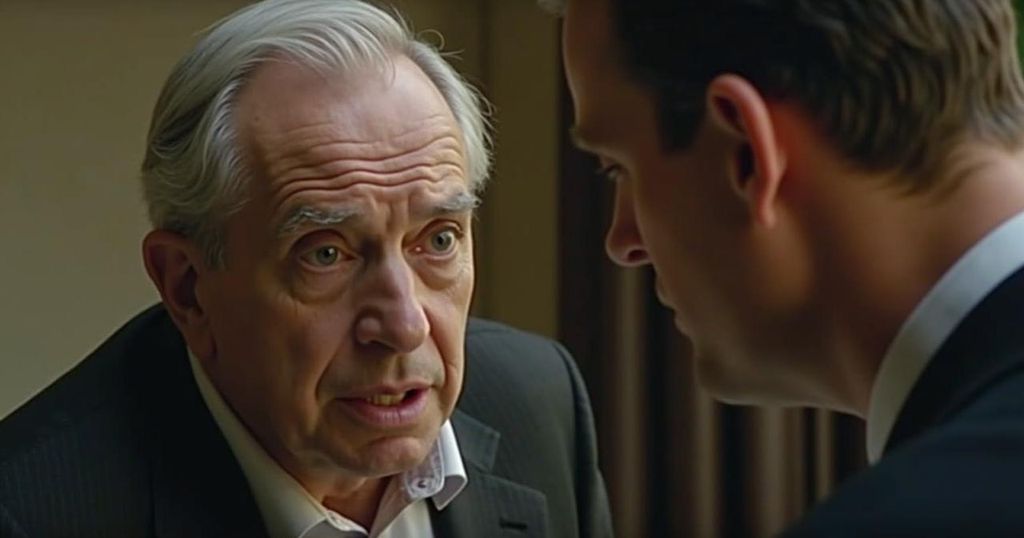13 Actors Who Passed Away During Filming and Their Cinematic Tributes
This article explores the heartwrenching stories of actors who died during filming and how the film and television industry has addressed their untimely deaths through creative solutions and tributes, showcasing a blend of grief and innovation in storytelling.
The unexpected loss of beloved actors during the production of films and TV series often sends shockwaves through Hollywood. Each of these stories carries with it a poignant blend of grief and creativity, as filmmakers strive to honor the legacies of those who have departed while ensuring their projects reach completion. From the tragic death of Philip Seymour Hoffman, who left just ten days of filming remaining for “The Hunger Games: Mockingjay Parts 1 and 2,” to the heartfelt tribute to Cory Monteith in “Glee,” these narratives highlight how the industry balances art and emotion in the face of loss. In Hoffman’s case, CGI was considered alongside emotional rewrites that had Woody Harrelson and Julianne Moore take some of his lines, allowing for a bittersweet conclusion to the beloved series. Similarly, Richard Harris’s passing reshuffled the casting deck for Dumbledore, ushering in Michael Gambon to carry the legacy for the remaining films in the iconic “Harry Potter” franchise. The film “Fast & Furious 7” took a monumental step by investing $50 million in advanced CGI technology and the use of Paul Walker’s brothers to seamlessly weave his character back into the story. Walker’s tragic loss is a testament to how far studios will go to preserve the integrity of a loved character. Another touching story is that of Carrie Fisher, where unused footage from previous films was artfully reworked for her last appearance in “The Rise of Skywalker,” ensuring that Leia’s spirit remained alive in the narrative. In television, the impacts of loss ripple through the sets just as profoundly. “Glee” not only honored its star Cory Monteith through the writing of Finn’s death into the storyline but also dedicated an entire episode called “The Quarterback” to commemorate him. The series did this tastefully, respecting the untold reasons behind his passing. John Ritter and Luke Perry both received similar tributes in their respective series, with heartfelt storylines written to reflect their characters’ exits. These shifts have raised the bar for screenwriters and directors, inviting them to delve deeper into creative methods to reflect reality, whether through digital transformations or thoughtful tributes woven into scripts. As we remember actors like Heath Ledger, who transformed roles mid-production with the help of Johnny Depp and Colin Farrell, or Chris Farley, whose spirit guided a complete rewrite of “Shrek,” we see a beautiful blend of sorrow and innovation that continues to impact the industry.
The film and television industry has a complex relationship with the unexpected deaths of its actors. The tragic losses not only affect the productions but also the fans who feel connected to these characters. When a key cast member passes away during filming, the production team faces a profound challenge: how to honor the deceased while completing the project. This often leads to creative solutions such as rewrites, new casting, and innovative technology like CGI. As some stories reveal, the decisions made posthumously can shape the narrative significantly, showcasing both the emotional weight of such losses and the resilience of storytelling. The filmmakers’ responsibilities extend beyond just pointing cameras at actors; they shape the fates of characters who become beloved by audiences. Navigating through grief while simultaneously creating art is a delicate balance, and each of these stories emphasizes how filmmakers strive to capture magic even in heartbreaking circumstances.
The stories of actors who have tragically passed during filming resonate deeply within the film and television industry. They underline the extraordinary lengths that filmmakers go to in preserving legacies, honoring their memories through emotional storytelling and innovative techniques. From using advanced technology to poignant rewrites, these narratives reflect both the beauty and fragility of life within the creative process. Ultimately, the legacy of these actors lives on, not just in memory, but also in the art that continues to touch the hearts of audiences around the world.
Original Source: www.buzzfeed.com




Post Comment